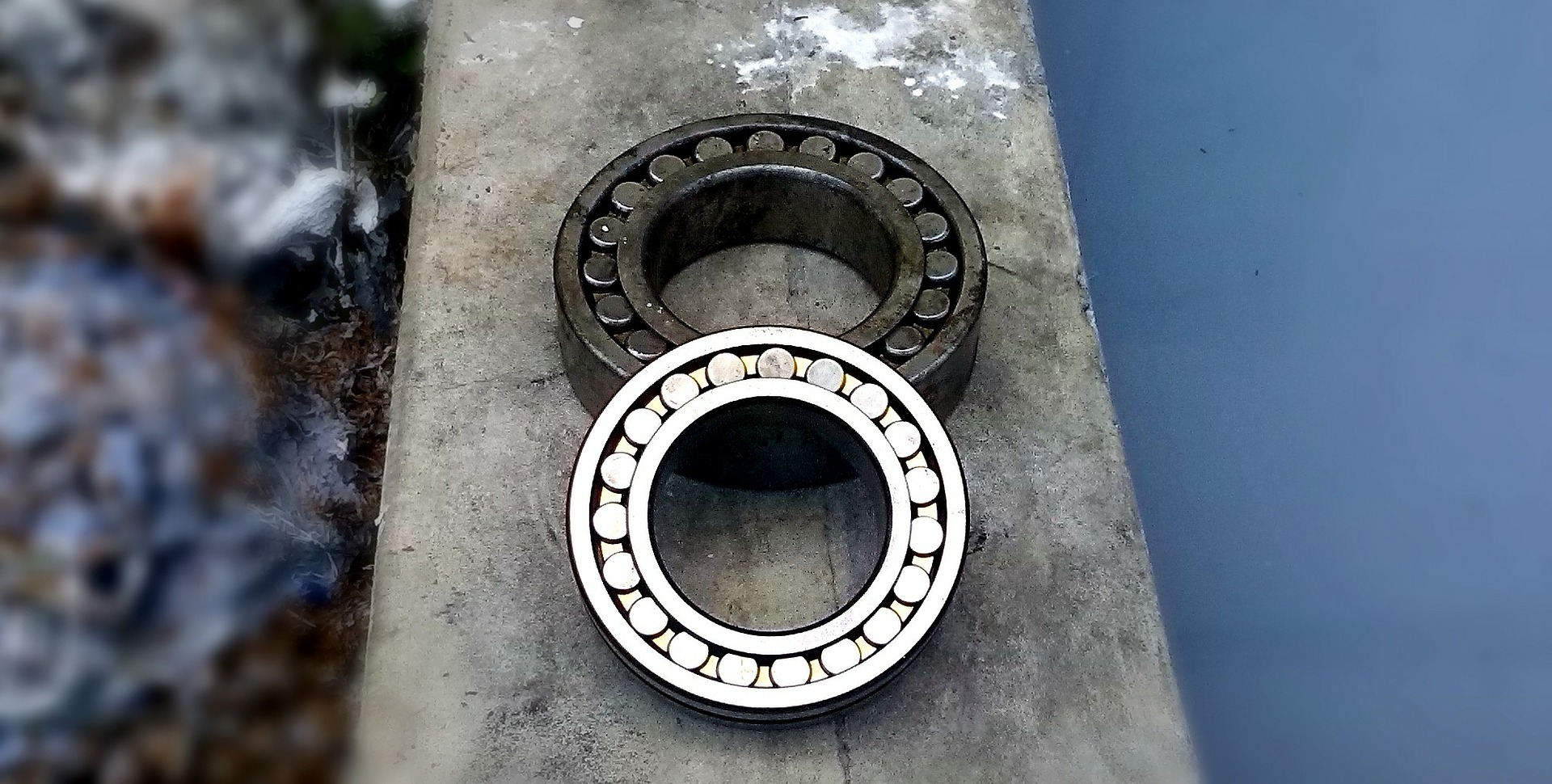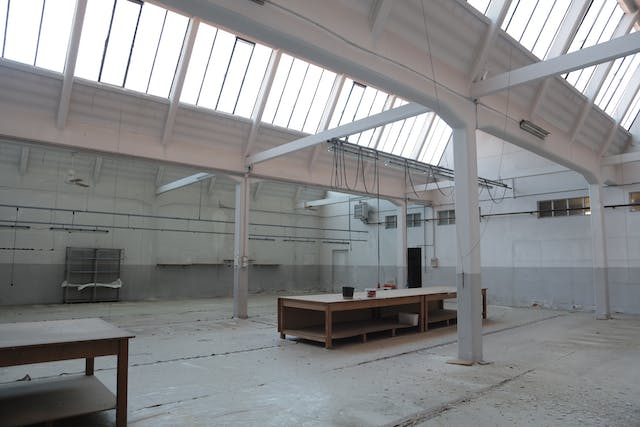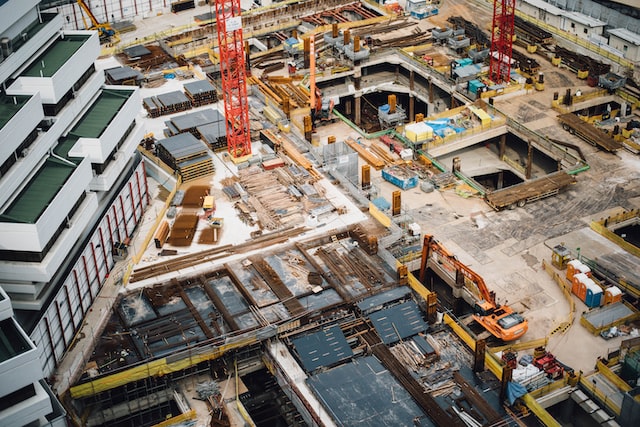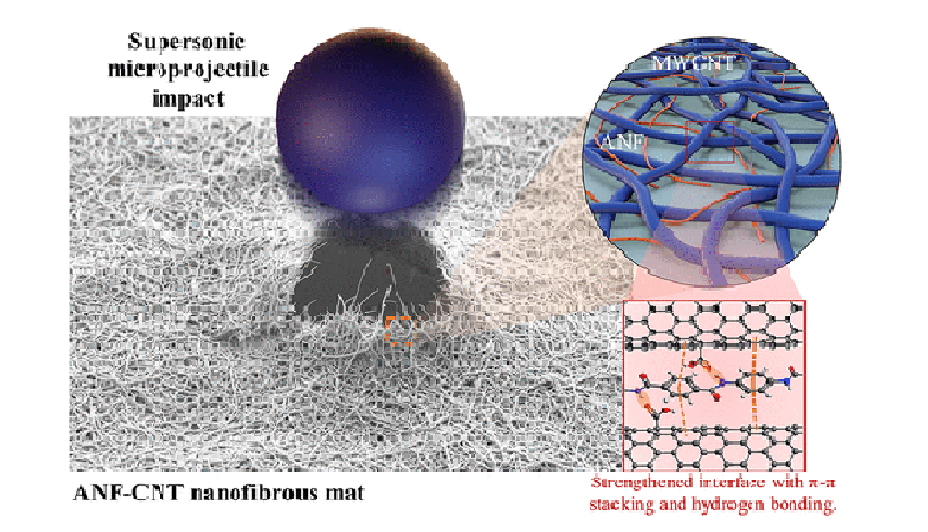Bearing refurbishment is the process of fixing damaged bearings instead of replacing them with new ones, so the money savings that can come through it are considerable, as long as it’s done right.
The thing is though, refurbishment is not a viable or a suitable option for every bearing you take out for maintenance, so here’s how to do it.
First, consider what type of bearing you’re holding. If it’s a spherical roller bearing, you’re out of luck. If it’s a radial ball bearing, or a cylindrical roller bearing, or a slewing ring bearing, it could theoretically be refurbished.
Disassemble the bearing, clean it thoroughly, and then inspect it carefully. The inspection is visual, but if a microscope is available, it should be used to evaluate any small cracks that are invisible to the eye.
Finally, measure its dimensions using a precision caliper or even better, a micrometer. If you see large discrepancies at this step, it’s a bad sign that calls for further investigation. If not, prepare an inspection report and initiate the refurbishment process.
This process typically includes the following five steps:
- Grind and polish the bearing surfaces, both the outer and the inner.
- Measure and continue to grind and polish until the bearing has its nominal dimensions.
- Refit the bearings with new rolling elements.
- Inspect cages and replace them if deemed necessary.
- Reassemble the bearing.
Refurbished bearings should be accompanied by a written report and maybe even a limited warranty. If possible, an engineer/technician should take noise and vibration level measurements during the first hours of the operation of a refurbished bearing to ensure that it is indeed fit for long-term service.
Insisting on refurbishing bearings that are badly damaged and severely worn down won’t save you money in the long term. Instead, this will just postpone the inevitable, which is to purchase a new bearing. The cost of additional installation sessions, downtimes, refurbishment, and manpower isn’t worth the risk with bearings that aren’t in a fixable condition.







